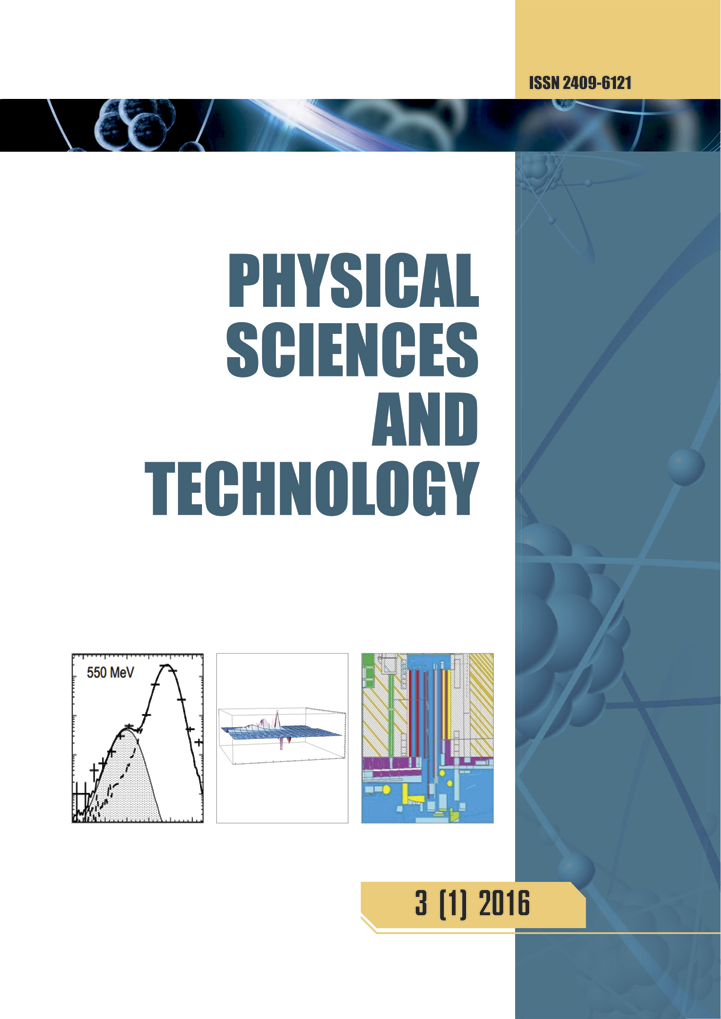Revealing the noctilucent cloud fields structure by software processing of satellite images
DOI:
https://doi.org/10.26577/phst20251211Abstract
Noctilucent clouds, which form during the summer months primarily over the polar regions, are also fre quently observed at temperate latitudes. These regions play a key role in shaping the total area and spatial configuration of mesospheric cloud fields. As shown in previous studies, the seasonal and interseasonal evolution of these fields is largely influenced by meteorological processes in the mesosphere, though the role of geophysical fields is also considered. This work describes the development of a methodology that enables a shift from studying the integral characteristics of noctilucent clouds to analyzing their differential properties. At the initial stage, the goal is to investigate the presence of longitudinal structure by dividing satellite images of noctilucent cloud fields into 30-degree longitudinal sectors and calculating the cloud area within each. Achieving this requires the creation of specialized software, and a significant portion of the study is devoted to describing the algorithm design, programming language selection, and implementation process. The performance of the new software is compared with existing approaches, demonstrating that the developed method provides substantially improved accuracy in detecting longitudinal inhomogeneities in the global distribution of noctilucent clouds.
Key words: noctilucent clouds, digital images, longitudinal cloud structure, hydrometeorology, hydrocli matology, cloud physics and chemistry.




